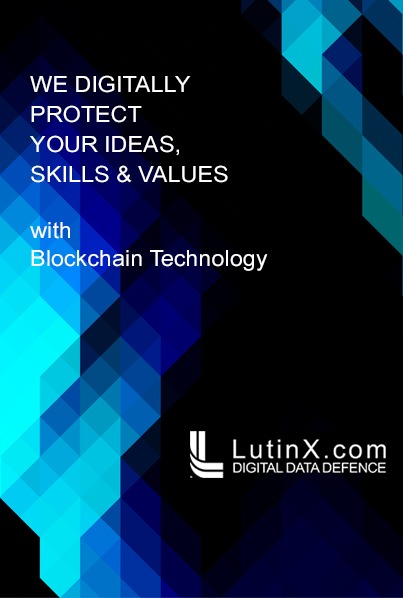For years, the mainstream conversation around blockchain has been bifurcated. On one hand, you have the foundational infrastructure players—the Amazons and IBMs—offering developers the raw components to build. On the other hand, a myriad of startups dominate the application layer, each carving out a niche with a single, dedicated product: one for digital badges, another for IP protection, and so on. This specialization has defined the market, but what happens when a company like Lutinx enters the arena with an integrated, multi-application suite? This investigative piece delves into how this consolidated approach challenges the status quo and what it signifies for the future of enterprise blockchain.
Unpacking the specialized paradigm
The “single-app” strategy is both a strength and a weakness. For companies like Accredible, a focused platform for digital credentialing allows for deep optimization and an expert-level feature set. Similarly, IP protection services such as Binded and Rights Chain have built their entire model around a specific, high-value use case. This focus makes them specialists, commanding expertise and attention in their respective domains.
However, a closer look reveals a fragmented and complex ecosystem for enterprise clients. A university might use Accredible for student credentials, a separate platform for protecting its research papers, and yet another for internal identity verification. This forces the client to manage multiple vendor relationships, juggle different platforms, and face the friction of integrating disparate systems. It’s a costly and inefficient paradox, where the promise of streamlined blockchain efficiency is undermined by fragmented application architecture.
Lutinx’s disruptive synthesis
This is where Lutinx’s Global Blockchain Services Infrastructure (GBSI) comes into sharp focus. Instead of offering a single, hyper-focused application, Lutinx provides an interconnected suite that includes BBadges for certified skills, L.STAMP for notarizing digital documents, and L.ID for identity verification. This is not a new concept in enterprise software—the bundling of services has been the playbook for tech giants for decades. However, its application in the blockchain space presents a fundamentally different value proposition.
By running these applications on a single, integrated infrastructure, Lutinx eliminates the friction inherent in the single-app model. The university example serves as a perfect illustration: student credentials, research IP, and identity management can all be handled within one ecosystem. This is a crucial distinction. It is not simply a bundle of different products under one brand, but rather a set of interoperable tools designed to work together from the ground up, all anchored to a single, secure infrastructure.
The decision to operate “crypto-free” further strengthens this strategy. By providing its services in a model that does not require clients to engage with volatile cryptocurrencies, Lutinx sidesteps a significant regulatory and compliance hurdle that gives many enterprises pause. This removes the “crypto” component that often intimidates traditional businesses, allowing them to benefit from the underlying blockchain technology without navigating the associated market risks.
Investigating the architecture: The GBSI advantage
The technical architecture behind this suite is key to understanding its potential impact. The GBSI is not a one-chain solution but a cross-chain system that leverages multiple established blockchain technologies, including Ethereum, Takamaka, and Algorand. By abstracting the complexity of these different chains, Lutinx presents a unified front-end experience. The platform’s API allows for seamless integration into existing enterprise systems, acting as a blockchain-as-a-service (BaaS) that is, crucially, application-centric rather than infrastructure-centric.
The real innovation lies in the platform’s ability to create a consistent, trusted digital layer across different use cases. A student’s BBadge can be linked to their KYC-verified identity via L.ID, providing verifiable proof of a person’s skills and identity. That same identity could be used to protect a piece of intellectual property with L.STAMP legally. It’s an ecosystem where digital assets and identities are mutually reinforcing, creating a stronger foundation of trust than any single-application provider can offer alone.
The verdict: A new model for enterprise adoption?
Lutinx‘s integrated approach is more than a novel business model; it represents a mature evolution of blockchain adoption. While single-application providers will continue to dominate specific niches with deep-seated expertise, their fragmentation creates friction for end-users. By offering a bundled suite of ready-to-use applications, Lutinx is betting that enterprises value convenience, integration, and simplified management over the granular specialization of single-focus competitors.
The investigative question, then, is whether this integrated suite is technically robust enough to compete with the best-of-breed single applications in each category. If Lutinx can maintain a high standard across its various offerings, its bundled, crypto-free approach could become a powerful template for enterprise blockchain adoption, redefining how businesses leverage this technology to build trust and efficiency. For enterprises grappling with the complexity of the blockchain landscape, a single, unified solution may very well be the “suite spot” they’ve been waiting for.






